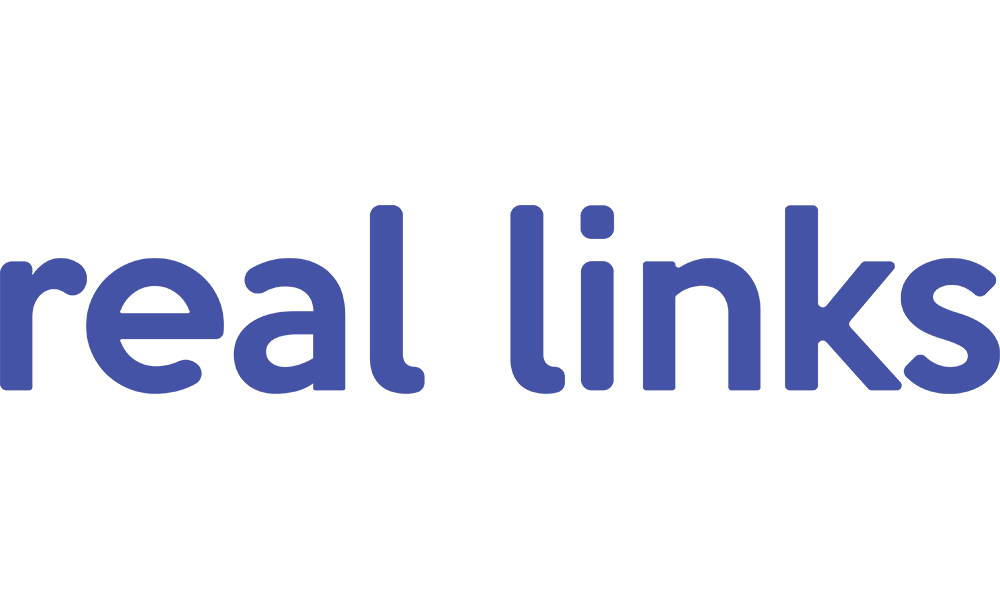In the past, companies were mostly pyramid-structured, meaning there was a clear hierarchy and the skills for advancement were set. Presently, companies are evolving from this structure. This evolution, of course, comes from technological advancements like automation, digitalization, and artificial intelligence, but it’s largely driven by workforce mentality.
What is internal mobility?
It is the movement of employees into different roles, departments, or a complete career shift within the same company.
Why is internal mobility important?
Talented and skilled employees place a high value on learning and advancement. A recent Gallop poll study discovered that;
Organizations that have made a strategic investment in employee development, report 11% greater profitability and are twice as likely to retain their employees”
Another Gallop study found that the No.1 reason for employees to leave their jobs is because of a lack of advancement or growth. Moreover, a study by Deloitte discovered that nearly half of millennials plan to leave their jobs within 2 years, and about a third plan to stay beyond 5 years.
Simply put, skilled employees can save the company money if the culture is one of high-development, but will cost the company money if it isn’t. When there isn’t room for growth or internal mobility, HR professionals have to spend more on recruitment and training of external talent. Yet, if the company culture encouraged employee progression, employee engagement and retention are much higher, thus keeping productivity high and costs low.
Internal Mobility Implementation
Notably, a successful internal mobility process does not happen overnight. Companies have to be able to pivot from older systems of recruitment, hiring, and employee retention. With the growth of the gig economy, ‘side hustles’ are commonplace. Internal mobility is a really impactful way for large scale businesses to embrace the gig economy mentality and tap into the current psyche of the majority of their workforce and use this opportunity to improve employee retention and satisfaction.
Internal mobility is notoriously difficult to execute effectively. Interactive technology is integral to show available positions or projects; access skillsets of every employee; match employees with mentors or leaders; support career planning and provide effective performance management.
Over the last 6 months, Real Links have been building an internal mobility platform, working with development partners from client businesses to ensure the product roadmap is reflective of the needs of the end users. One of our development partners, Keirran Slimmon, Head Of Recruitment at Great Western Railway said:
GWR were just starting our journey with internal mobility. We became aware Real Links were looking for development partners to support with the build of an internal mobility platform which was perfect timing for us. We had recognised that internal mobility would be critical for the long term sustainability of our workforce but we weren’t sure where to start. Partnering with Real Links made the process of building a system reflective of our culture much more straightforward and helped identify areas of focus we hadn’t previously considered.”
Indeed, there are a few factors that help employees make the decision to stay with a company or find another job. These factors include salary, of course, benefits, perks, advancement opportunities, and feeling valued. Therefore, to keep employees happy and engaged, HR Departments and companies as a whole have to find ways to achieve these needs so they do not become a revolving door of staff turnover. A way to accomplish this is by building an internal mobility structure that advocates collaboration, learning, and confirms that employees are valued for their talent and desire for development.
Building an agile business model
Creating an infrastructure and culture of mobility as well as effective skill-building can help the company take on the challenges of widespread market shifts. It shows that the company is an agile organisation, in which current employees find a highly attractive quality for their professional goals and this approach has a hugely positive impact on the value of your employer brand, attracting better quality talent in the future.
Partner
Real Links is an employee referral platform which is helping companies to increase referrals and reduce hiring costs by up to 20%. Real Links has a significant impact on increasing employee engagement with referral schemes by automating the process to make it quick and easy for employees and providing a points based incentive structure that maintains engagement going forward.









